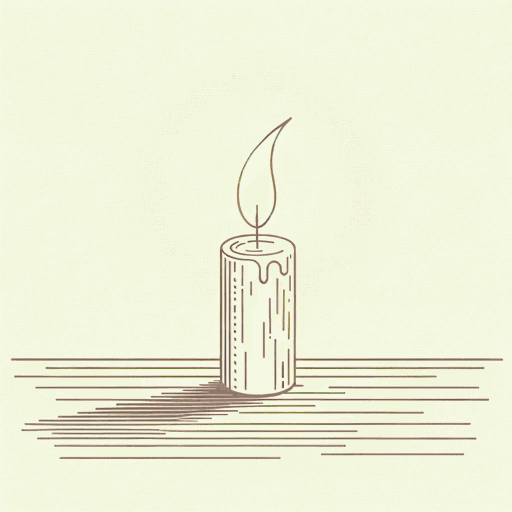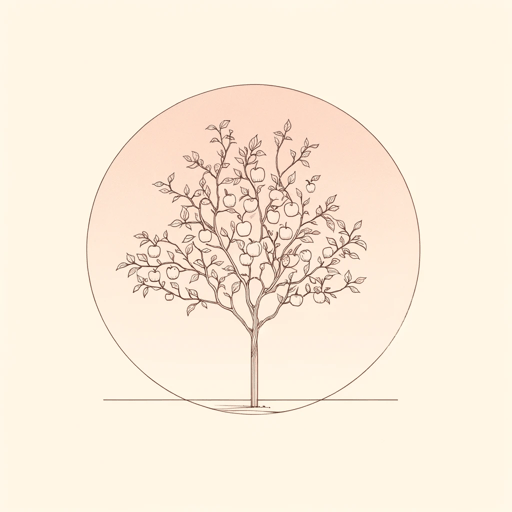18 pages • 36 minutes read
Dylan ThomasAll That I Owe the Fellows of the Grave
Fiction | Poem | Adult | Published in 1933A modern alternative to SparkNotes and CliffsNotes, SuperSummary offers high-quality Study Guides with detailed chapter summaries and analysis of major themes, characters, and more.
Symbols & Motifs
The Grave
Ironically, “All That I Owe” uses the stark reality of the grave, the “pale estates” (Line 2), to make vivid and immediate the imperative of life. Among Thomas’s wide range of favored poetic influences were the brooding churchyard meditations on death that became something of a fad in pre-Romantic British poetry. These poems, most notably Thomas Gray’s “Elegy Written in a Country Churchyard,” indulged shadowy gothic atmospherics to vent hyperbolic angst over life’s pointlessness; everyone, great and small, inevitably ends up forgotten and moldering in some leaf-strewn churchyard.
It is exactly that moribund claustrophobia that Thomas’s poem upends. The speaker understands the reality of death; he understands the seemingly powerful flesh inevitably fails; he understands the “postures of the dead” (Line 22). He cannot, however, indulge an elegy. Still, in the closing stanza, he shifts the argument dramatically and asks that life “rightsighted from the grave” (Line 24) reveals its promise. Rather than despair, the grave here insists on hope. As a symbol, the grave alone promises the possibility of living. The speaker reassures himself to be grateful for life’s finitude, for that finitude bears life’s riches.








Related Titles
By Dylan Thomas





